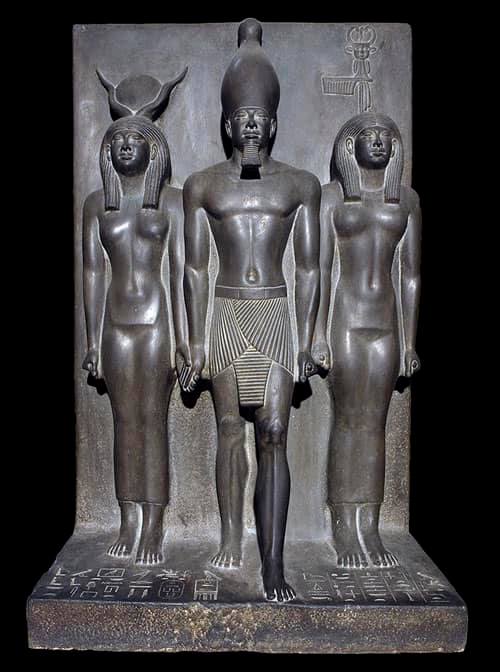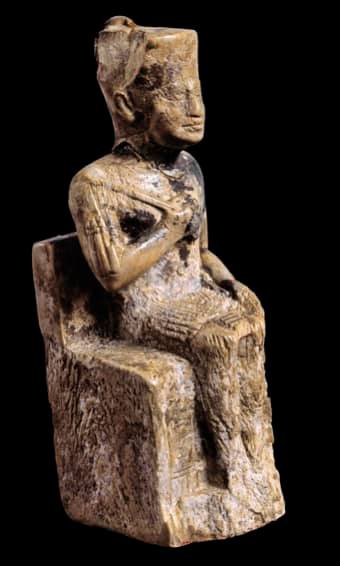CAIRO – 28 June 2022: Within the framework of the project to develop the Egyptian Museum in Tahrir, the display scenario of a number of the museum's artifacts has been changed, to highlight them.
Among these artifacts are the statues of Kings Djoser, Khufu [Cheops], Khafre, and Menkaure, the two Meidum Geese paintings, and the blue Egyptian faience.



Director General of the Egyptian Museum in Tahrir Sabah Abdel Razek explained that the statue of King Djoser was relocated on the ground floor of the museum next to the blue faience tiles panel, which was found on the sides of the corridors at the bottom of the Step Pyramid at Saqqara.
The statue of King Djoser is the oldest known life-size Egyptian statue. Found in 1925, in a basement room attached to the Step Pyramid at Saqqara, it was made of colored limestone.
Hassan Selim, a member of the scientific committee of the museum development project, indicated that the displaying locations of the statues of King Khufu, Khafre and Menkaure’s triptych have been changed so that the statues of the builders of the Giza pyramids are displayed together in one hall on the ground floor, and the location of the Meidum Geese painting was changed to be displayed on the ground floor along with the rest of the tomb inscriptions of Nefermaat and his wife, from which the painting came.
It should be noted that the project to develop the Egyptian Museum in Tahrir is implemented by the Egyptian Scientific Committee and the trustees of the Egyptian Museum in Tahrir, with a grant from the European Union in cooperation with five European museums, namely the Louvre Museum in Paris, the Egyptian Museum in Turin, the National Antiquities Museum in Blyden, the Egyptian Museum in Berlin, and the British Museum in London.
Comments
Leave a Comment